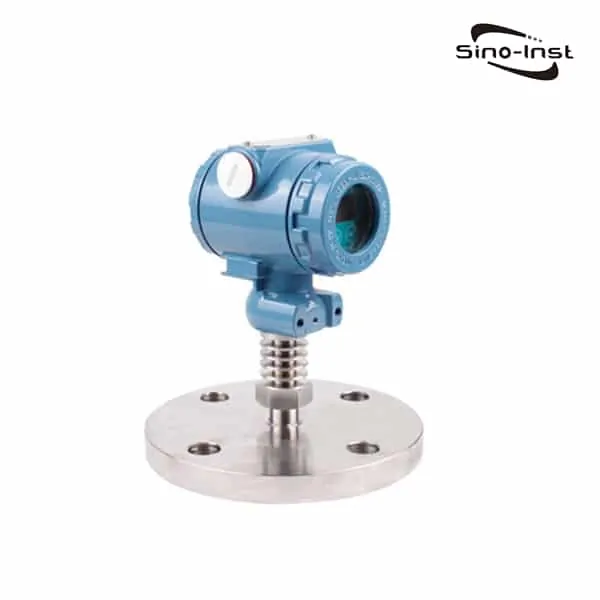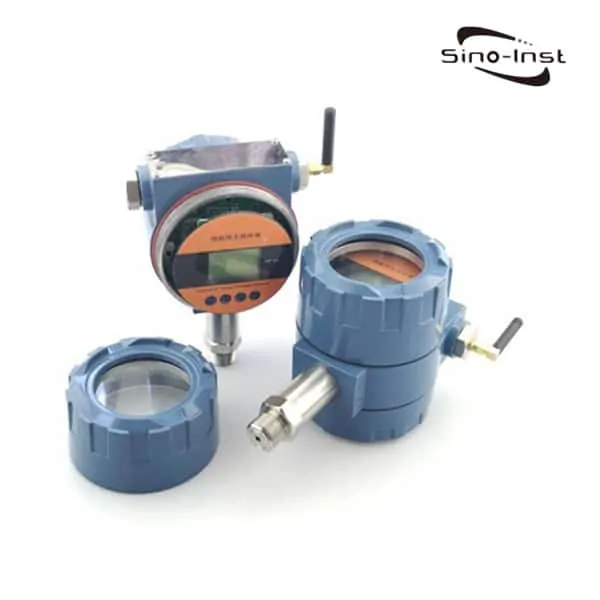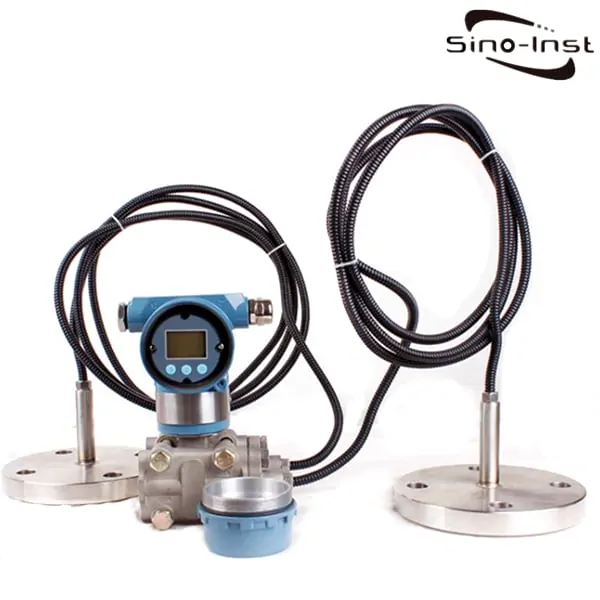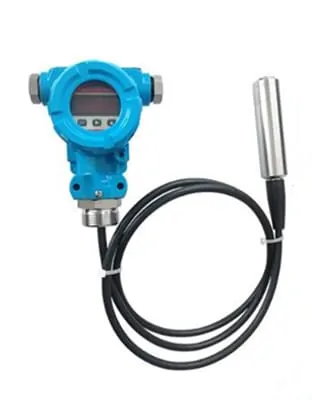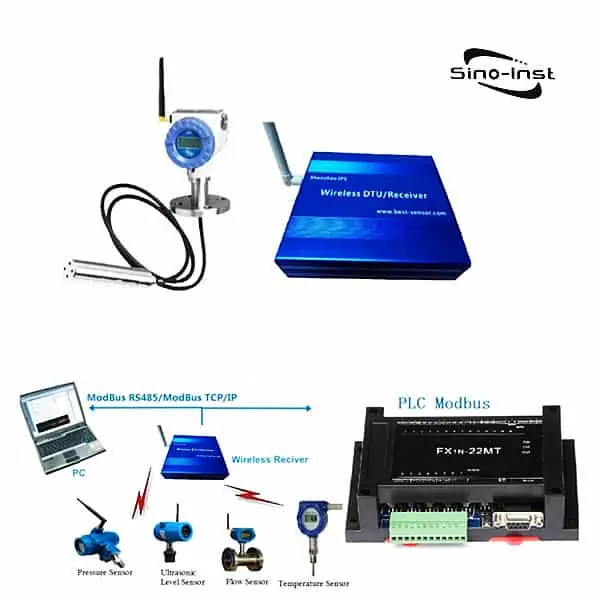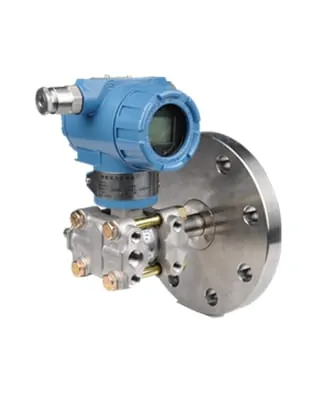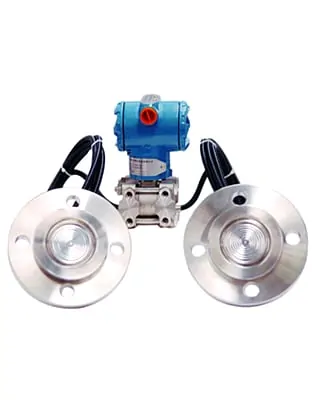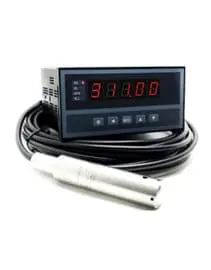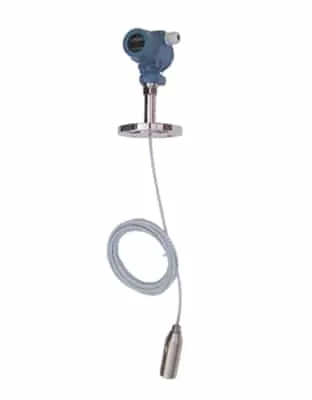An Air pressure transducer is a sensor that converts the mechanical signal of air pressure into a current signal. Pressure has a linear relationship with voltage or current, and it is generally proportional. Therefore, the output voltage or current of the transmitter increases as the pressure increases. From this, a relationship between pressure and voltage or current is derived.
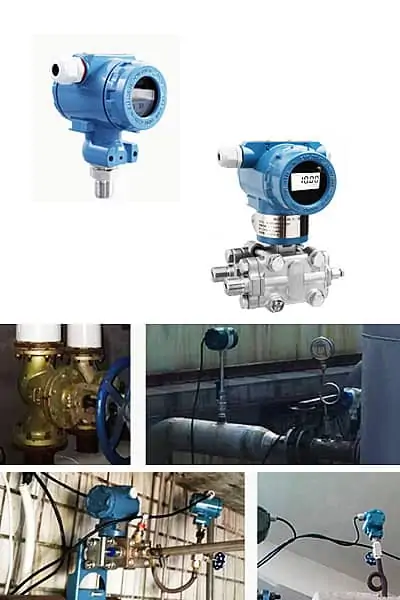
Featured air pressure transducers
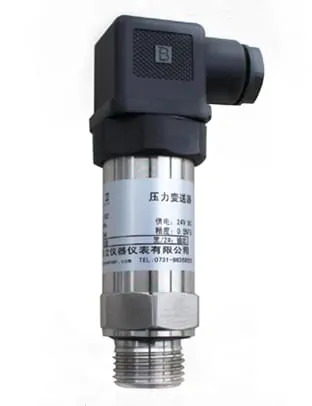
The 4-20mA/ Voltage Pressure Transducer,
also called pressure transmitter 4-20mA,
is a pressure sensor with4-20ma/Voltage output.
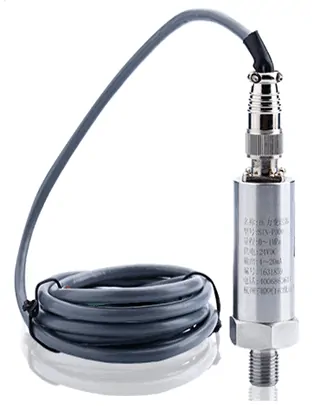
Pressure transmitters for general industrial applicaitons. -0.1kPa ~ 0 ~ 0.01kPa ~ 100MPa ~150MPa. 0.1% FS, 0.25% FS, 0.5% FS. 4-20mA (2-wire system), 0-5 / 1-5 / 0-10V (3-wire
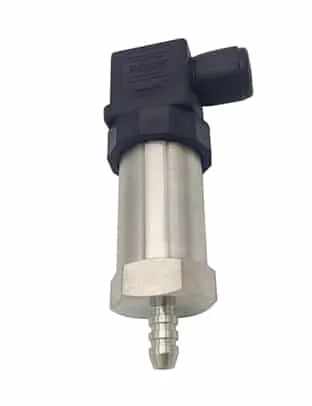
Gas pressure sensor for industrial gas pressure monitoring. Pagoda gas nozzle Φ8. Such sensors are also commonly referred to as wind pressure transmitters, exhaust pressure sensors.
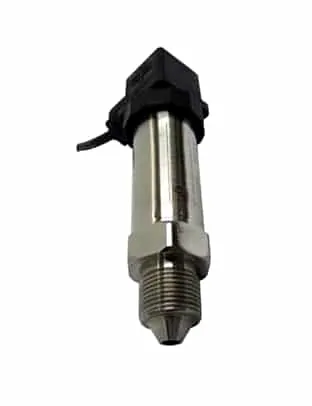
High pressure sensor is pressure transmitter designed for high pressure measure&control. 0 ~ 40MPa… 600MPa. M20 × 1.5, G1 / 2 (others are customized according to requirements)
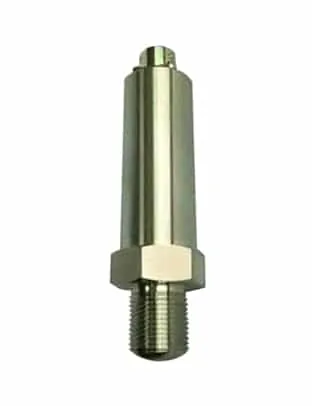
Pressure sensor for Ultra high pressure applications. Ultra high pressures up to 15,00MPa. 0-2000MPa to 0-7000MPa (customized).Ball head M20 × 1.5, cone head M20 × 1.5.
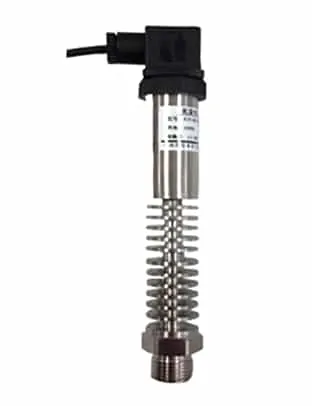
High Temperature Pressure Sensor for pressure measurement of high temperature gas or liquid. Such as steam pressure. High temperature up to 800 ℃.
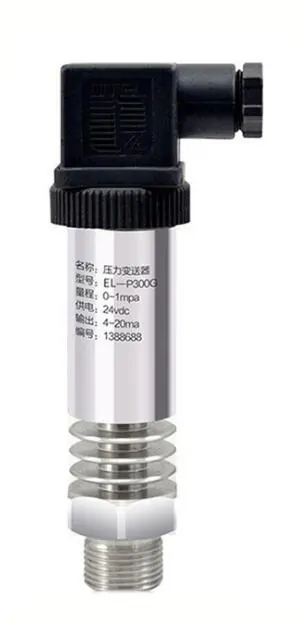
Silicon pressure sensor, also known as Diffused silicon pressure sensor. Silicon pressure sensors are low cost.

Combined pressure and temperature sensor for Simultaneous measurement of pressure and temperature.
Thermocouple types: J, K, E type or PT100 platinum resistance. Two outputs do not affect each other.
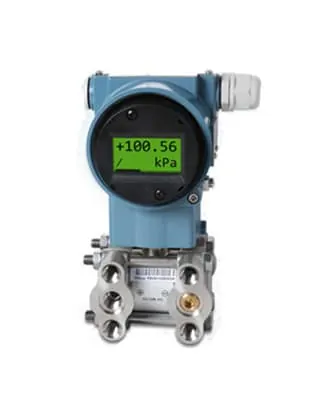
Absolute pressure transmitter with 4-20mA output for measuring pressure with absolute type reference. Absolute pressure (AP) transmitter is a measure of the ideal (complete) vacuum pressure.
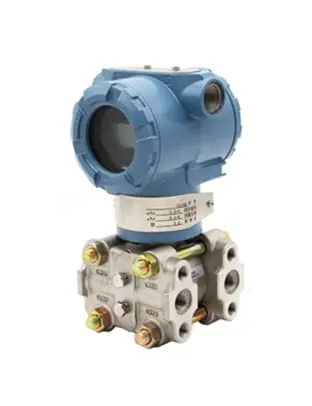
Hydrostatic pressure transmitter is used for fluid hydrostatic pressure measurement. With working static pressure up to 32Mpa, for liquid, gas or steam .
Extended reading: How to calibrate HART pressure transmitters
Air pressure transducer selection:
- Measuring range (range)
- The output signal, communication protocol, whether with display meter
- Process interface (general, please provide thread specifications, flange type, provide specific flange standard, flange size, capillary length, process medium temperature, and other information)
- Electrical interface
- Installation method (horizontal installation or vertical installation)
- Mounting bracket (flat bracket or L-shaped bracket, bracket material requirement: carbon steel or stainless steel)
- Other requirements (explosion-proof, explosion-proof, lightning arrester, water, and oil prohibition treatment, etc.)
Read more about Gas Pressure Transducer-Sensor for Gas Pressure Measurement
Tools for converting and calculating pressure values
More Pressure Measurement Products
Frequently
Asked
Questions
Related pressure measurement solutions
Extended reading: Hydrostatic Pressure Transmitter
Sino-Inst offers over 20 air pressure transducers. A wide variety of air pressure transducer options are available to you. Such as free samples, paid samples. Sino-Instrument is a globally recognized manufacturer of air pressure transducers, located in China.
Sino-Inst sells through a mature distribution network that reaches all 30 countries worldwide. Air pressure transducer products are most popular in Europe, Southeast Asia, and Mid East. You can ensure product safety by selecting certified suppliers. With ISO9001, ISO14001 certification.

Wu Peng, born in 1980, is a highly respected and accomplished male engineer with extensive experience in the field of automation. With over 20 years of industry experience, Wu has made significant contributions to both academia and engineering projects.
Throughout his career, Wu Peng has participated in numerous national and international engineering projects. Some of his most notable projects include the development of an intelligent control system for oil refineries, the design of a cutting-edge distributed control system for petrochemical plants, and the optimization of control algorithms for natural gas pipelines.


